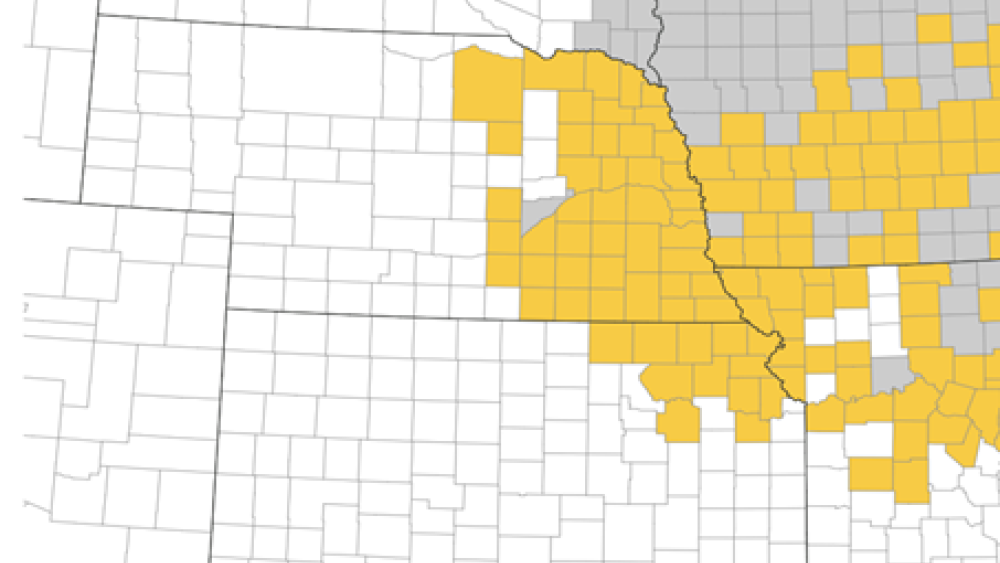Don't Mistake Tar Spot this Harvest
Harvest is wrapping up and more fields are being identified with tar spot, especially in Hoegemeyer’s southern footprint. That means the spores are out there and it needs to be on producer’s radars for future scouting and growing seasons. There are some other fungi that can be mistaken for tar spot lesions. Let’s take a further look so you can confidently identify if those lesions are tar spot in your field.
What is tar spot?
It is a fungal pathogen that can be controlled with fungicides. If you have more questions about management options check out previous blogs.
You can find hybrid tolerance to tar spot, as Hoegemeyer identifies tar spot scores found in the seed guides or at Hoegemeyer Tar Spot scores. If a field or neighboring fields are heavily infested this year, you should think about a more tolerant hybrid or have a plan in place to scout and be prepared to apply fungicides the following season.
Tar spot ID
Look for black lesions that may have yellowish halo. The black lesions can be raised, and they do not scrape off when you rub them. They can be present in upper and lower canopy of the plant, upper and lower leaf surfaces, and on the husks of ears. They are just as black and distinct on green leaf tissue as they are on dead tissues.
Tar spot look-alike
- Common rust
- A fungal pathogen that has oval lesions. This fungus will also be raised when it is in reproductive stages. When you rub your finger on the raised lesions the rust-colored spores will rub off on your fingers. This has a more consistent shape than the tar spot lesions. This can also be present all over the plant (leaf surfaces, underneath leaves, husks). This is treatable with fungicides however it is usually not economically viable to treat for.
- Saprophytic Fungus
- These fungi can also be called “black mold” on corn. They help breakdown and extract nutrients from plants once the leaves senesce and die. They do form black spots on the leaves but unlike tar spot these are only present on dead leaf tissues. They do not form on green leaves. They do not have a distinct outline like the tar spot and tend to look blurry in appearance.


If you have further questions about hybrids with tar spot tolerance or management options for tar spot reach out to your local Hoegemeyer DSM or agronomist.
Sources
